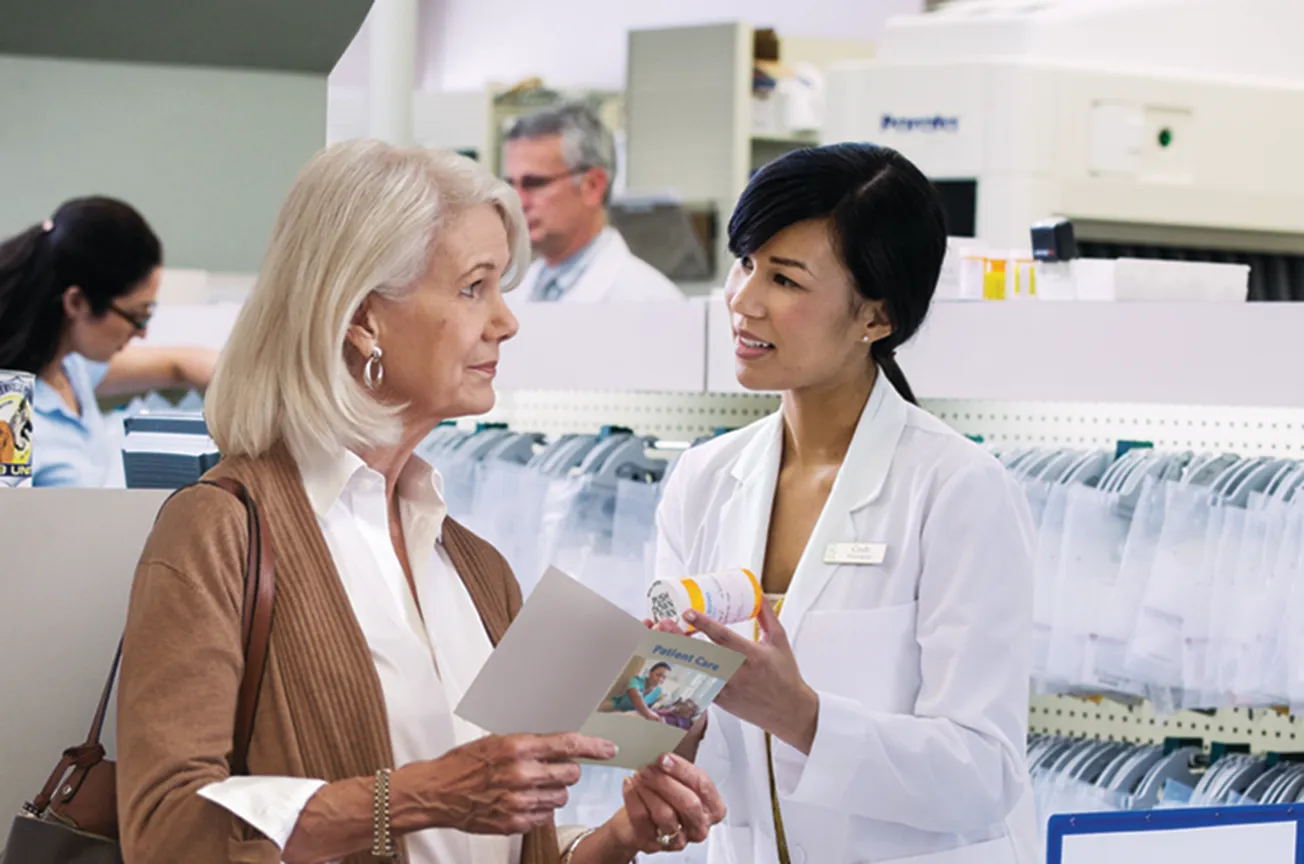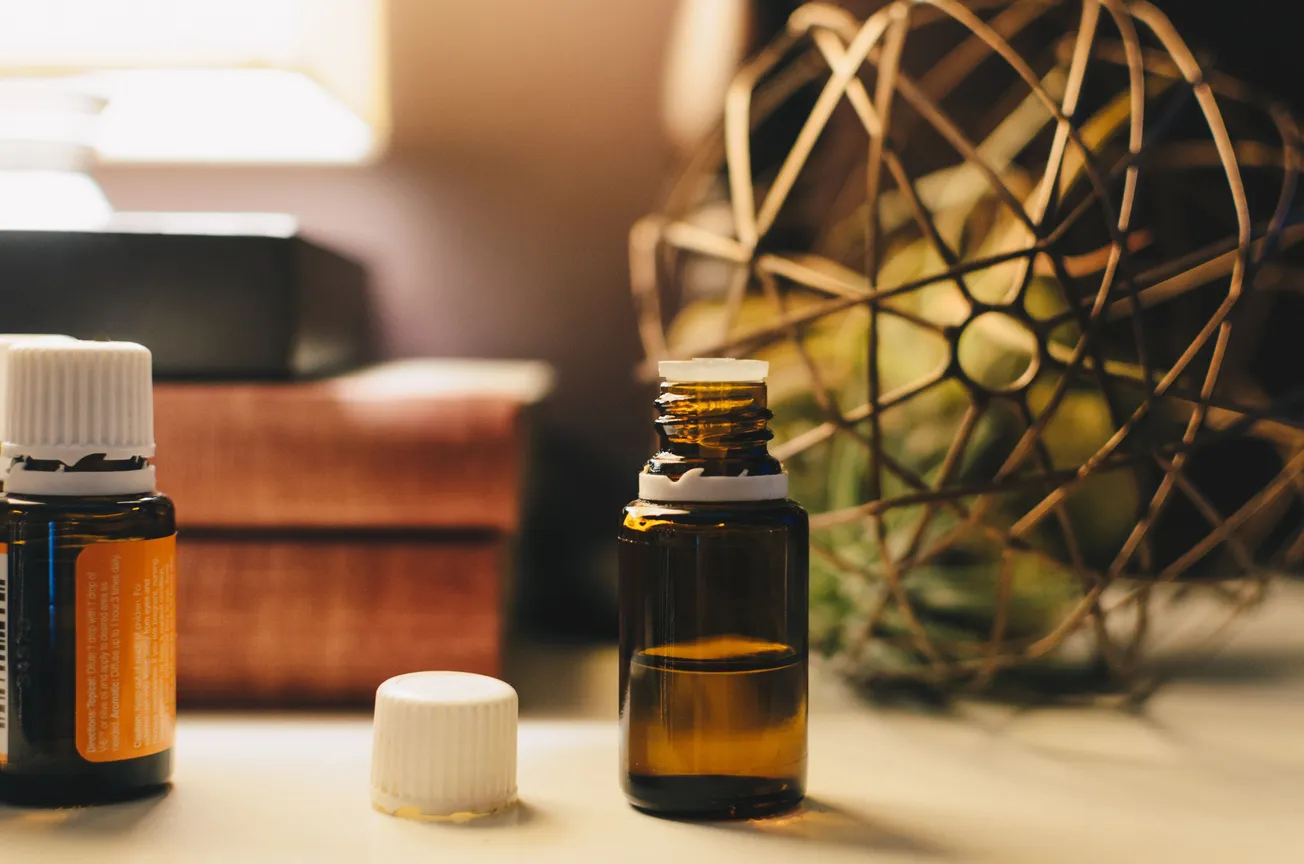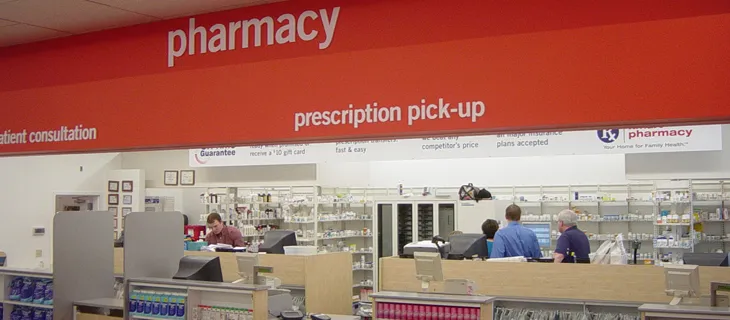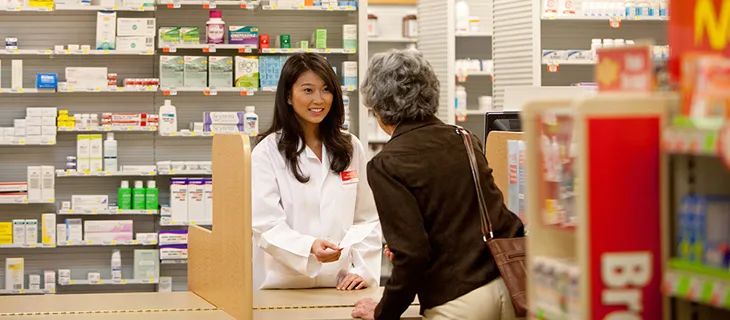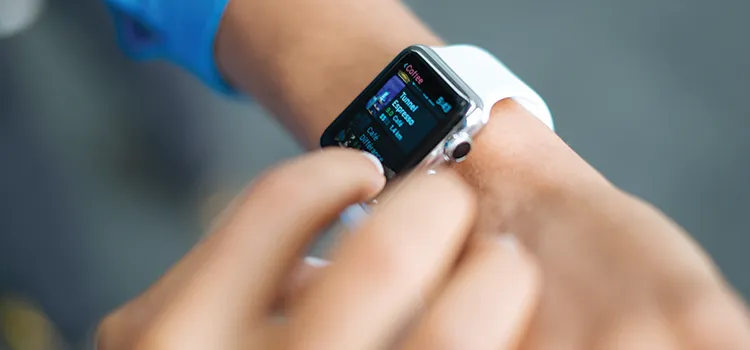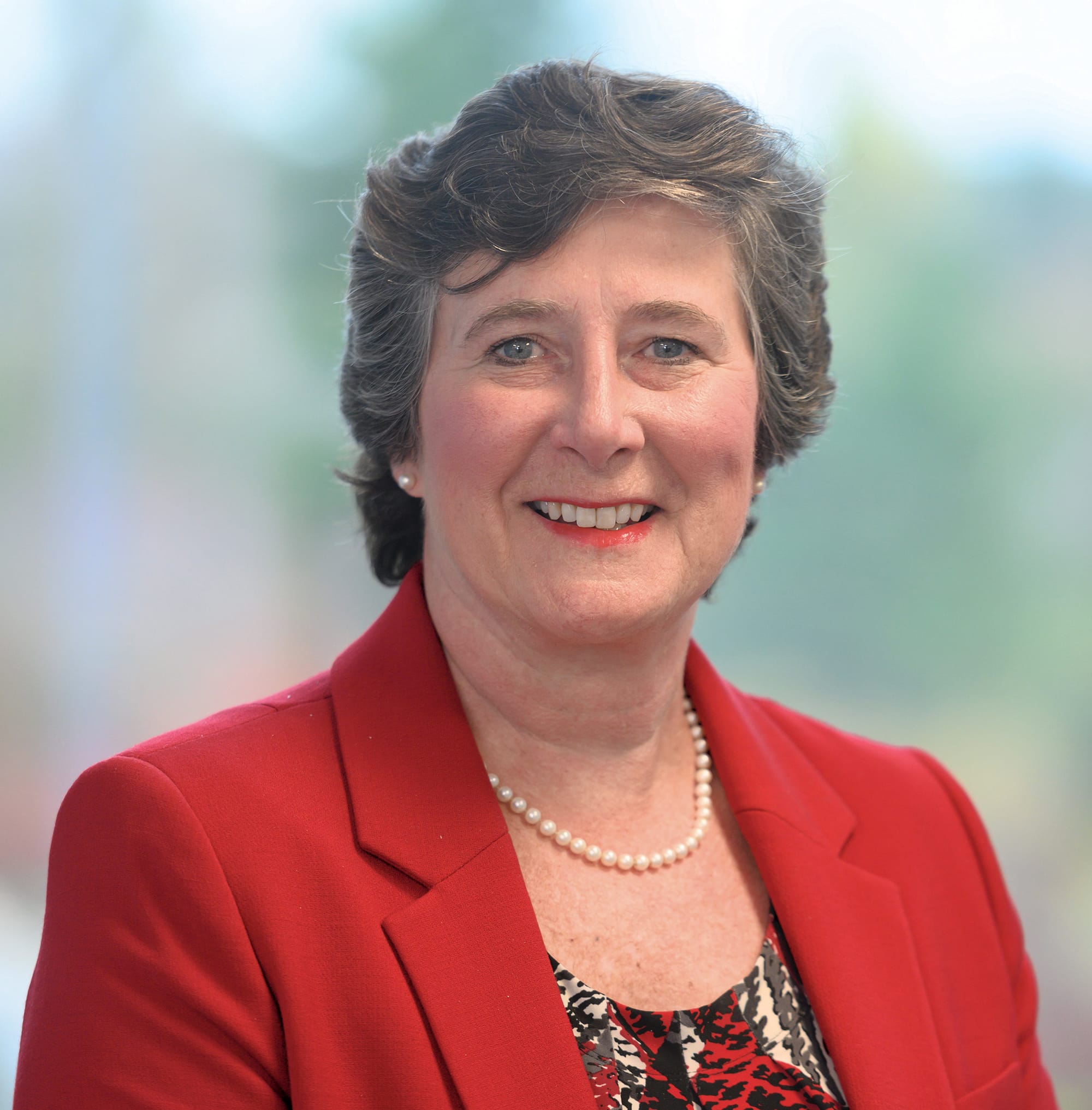
Lucinda Maine
In 2018, five national pharmacy associations and a growing number of state associations launched Pharmacists for Healthier Lives, (PfHL), a public education campaign targeting influential groups of consumers and health professionals. The campaign was described in the February 8, 2019, issue of Chain Drug Review. This article drills deeper into the questions of why such a campaign is needed and what the originators hope to accomplish.
In my four decades of pharmacy experience, the profession has seen marked changes in education and practice. Medication use becomes increasingly complex every year, as the science of health and disease identifies new medical problems and physiological targets for drug action. The aging of the population and rising incidence of chronic conditions position pharmacists as the most accessible health care professionals, and the most knowledgeable about medications. Many consumers simply don’t understand how that person behind the counter or participating on rounds with other clinicians in the hospital stands ready to do more than process prescriptions or drug orders.
The PfHL campaign aims to address this lack of understanding. The genesis of the campaign actually goes back many years as part of the conversation around the table of the Joint Commission for Pharmacy Practitioners. Each of the 13 organizations in JCPP recognizes that the lack of public awareness regarding the full scope of contemporary pharmacy services holds us back from working at the top of our education. No one organization could possibly mount a public awareness campaign with sufficient power to truly alter public understanding of our contemporary contributions to health and well-being. It will take a collaborative, multiyear campaign to alter public understanding.
Taking the lead in such a campaign became a priority for the American Association of Colleges of Pharmacy in our strategic plan beginning in 2016. In fact, AACP embarked upon two campaigns under that plan — one focused on prospective pharmacy students called Pharmacy Is Right for Me and the other focused on more mature audiences. The two campaigns have synergistic messages and tactics but use different social media channels and campaign activities to achieve their respective campaign goals.
The primary audiences for the PfHL campaign are consumers ages 35 to 55 and caregivers in the 45-to-65 age bracket. Other health professionals, especially physicians, are also a target audience. It is especially women in the 35-to-55 age group that we have targeted, as they are seen as significant influencers in the health of their nuclear and extended families. We call them the “chief medical officers” of the household. Caregivers are perhaps a more obvious target, since they are responsible for the care of someone who very likely depends on medications to address specific health concerns.
The extensive quantitative research that was conducted at the beginning of the campaign revealed that a significant percentage of consumer respondents held extremely favorable views on pharmacists as professionals. Fully a third of respondents indicated that level of favorability. Experience with a pharmacist drove this level of appreciation and led the respondents to indicate that they knew of services that pharmacists offer that are far greater than simply dispensing prescriptions. They knew what most consumers now know, that pharmacists provide a growing number of immunizations. They were also more likely to be aware of an even wider range of services.
Building this awareness is the primary goal of this campaign. We want more consumers to fully appreciate how pharmacists are prepared to help them navigate their health and wellness challenges. We want them to understand that medication use is complex but there is a professional, located across the full spectrum of community and institutional settings, with the expertise to help them, their families and their other health care providers make the best decisions in medication selection and use. We want them to know that pharmacists help them live healthier, better lives.
So how are AACP and our partners making this happen? In the first months of the campaign we drove our messages largely through the use of paid social media channels. Facebook and Instagram are the channels that reach our target consumer markets the best. Between October and March we reached almost 6 million individual consumers with a variety of ads. Each ad drove the consumers to the website for the campaign, which features our short video message.
Stories of real pharmacists helping their patients with unique services are the heart of the campaign. All of our partners have invited their members to help us identify compelling material as the campaign rounds a corner into its second year. We need to keep campaign materials fresh and inviting to expand the reach and impact of this work.
In addition to creating short videos with the identified stories, several new strategies are under development for year two.
“Rethink Pharmacy” is a digital quiz that is being designed this summer for dissemination on multiple platforms, including smartphones, tablets and large digital displays. Individual pharmacies and chains, as well as hospitals and clinics, could provide the quiz in waiting areas and hospital rooms. All the questions will aim to increase consumer understanding of proper medication use issues and drive appreciation of how pharmacists are prepared to help them be healthier.
AACP anticipates using the quiz in our exhibit in April 2020 at the USA Science and Engineering Festival in the Walter E. Washington Convention Center in Washington, D.C. More than 300,000 people attend the expo, and our exhibit has attracted thousands of students, their parents and teachers.
AACP and our partners also plan to use underwriting on National Public Radio to disseminate the message that pharmacists help people live healthier, better lives. A health policy forum on expanding pharmacists’ roles and the impact on health of individuals and communities is also under development.
AACP is grateful that we have a growing list of partners contributing creative ideas as well as financial contributions to keep the campaign robust and growing. We welcome associations and corporations to join the campaign. More partners translates into a larger voice and greater reach as we work to help reframe public awareness of pharmacists’ capabilities as one of the greatest assets in health and well-being for the public. Contact Lucinda Maine at lmaine@aacp.org to explore your organization’s role in the Pharmacists for Healthier Lives campaign.
Lucinda Maine is executive vice president and chief executive officer of the American Association of Colleges of Pharmacy.

